




Сutting-edge vibration speakers — measurements of AVEL TV’s frequency response
Experience unparalleled audio brilliance through our cutting-edge vibration speakers, delivering better quality sound than even the leading brands in the industry.
Frequency response is a measure of the magnitude of a system's output. In other words, it describes how accurately the system reproduces each frequency of the audio content in terms of amplitude.
What is it important for: to achieve best Sound reproduction and Clarity
We measured the frequency response of AVEL TVs from 20 Hz to 20 kHz at 70 dB SPL. The results can be seen in the graphs.
How was it measured? The frequency response measurement of the speakers of our TVs was carried out using the dbx RTA-M microphone, which is designed for measuring speakers in rooms. We placed a microphone 1 m away from the TV speakers, connected the laptop to the TV, then the Room EQ Wizard program played Sweep Tone from the TV speakers – this is a sound that sounds at all frequencies from 20Hz to 20 kHz, and then calculated the level of each frequency, and displayed it on the graphs that are given below.

What did we compare with? It was decided to compare the frequency response of the AVEL TVs speakers with flagship household TVs: Samsung Q80 and LG C1. The graphs below show the frequency response of the speakers in these models. The low frequencies of Samsung Q80 start at 80 Hz and then increase in level by 110 Hz. The LG C1 TV has a smoother picture, but the level of low frequencies is not as high. The mid frequencies do not vary much between the TV models, but the LG C1 TV has a very large increase of the high frequencies level.
Samsung Q80
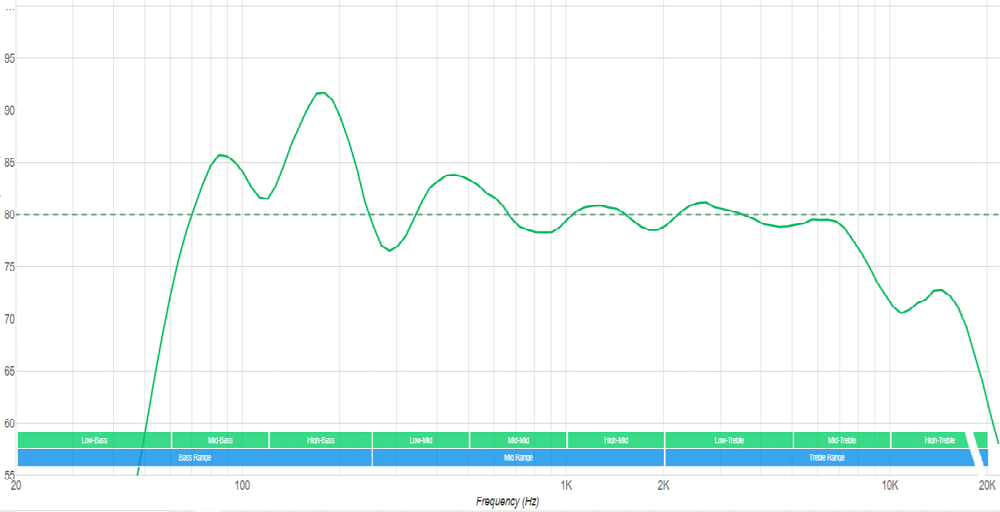
LG C1
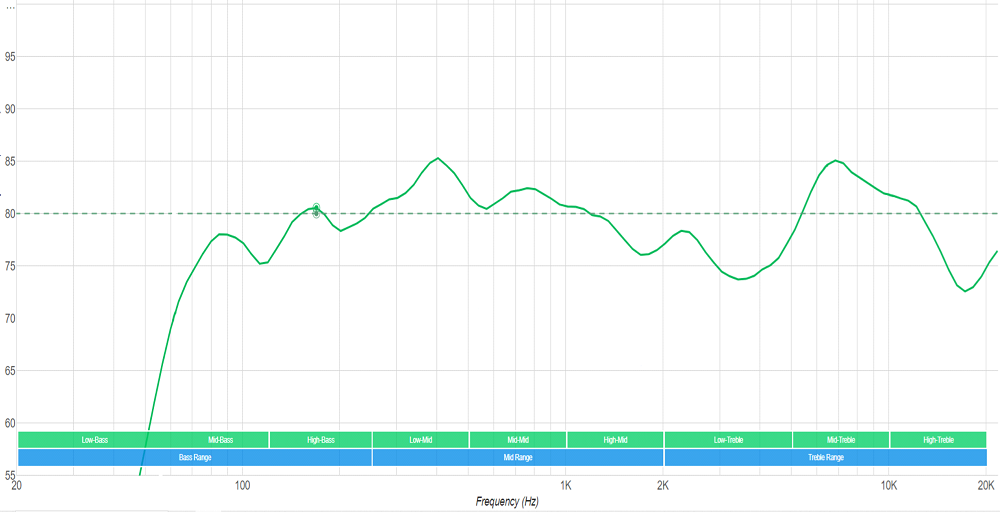
AVS240KS (vibro loudspeakers)

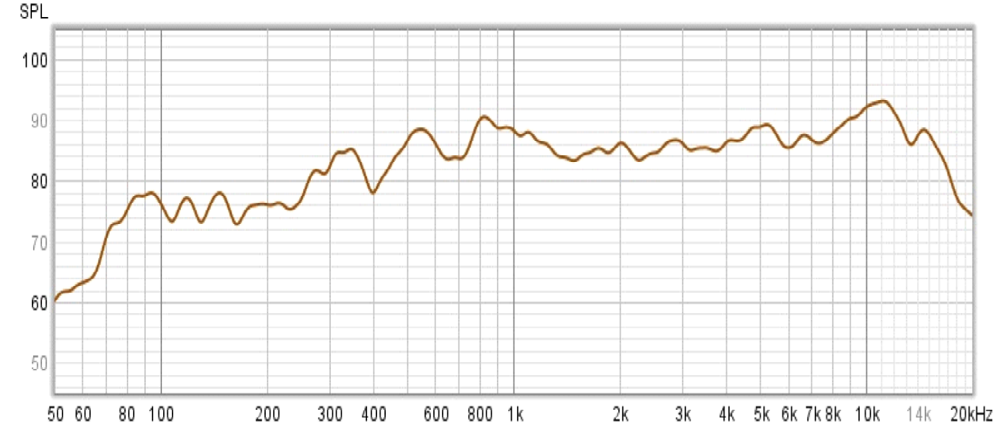
In this graph it can be seen that the AVS240KS TV speakers have a amplitude-frequency response with two small dips at 200 Hz and 5.5 - 6 kHz. Our measurement did not show any other significant rises or dips. Bass frequencies do not have any pronounced rise, and it can be stated that the TV speakers are focused on mid-range frequencies. Comparing it with the above graphs of the Samsung Q80 and LG C1 TVs, it can be stated that Samsung has more low frequencies, and LG has a little more high frequencies, but AVEL AVS240KS has a more balanced sound throughout the entire frequency range.
AVS325KS (vibro loudspeakers)
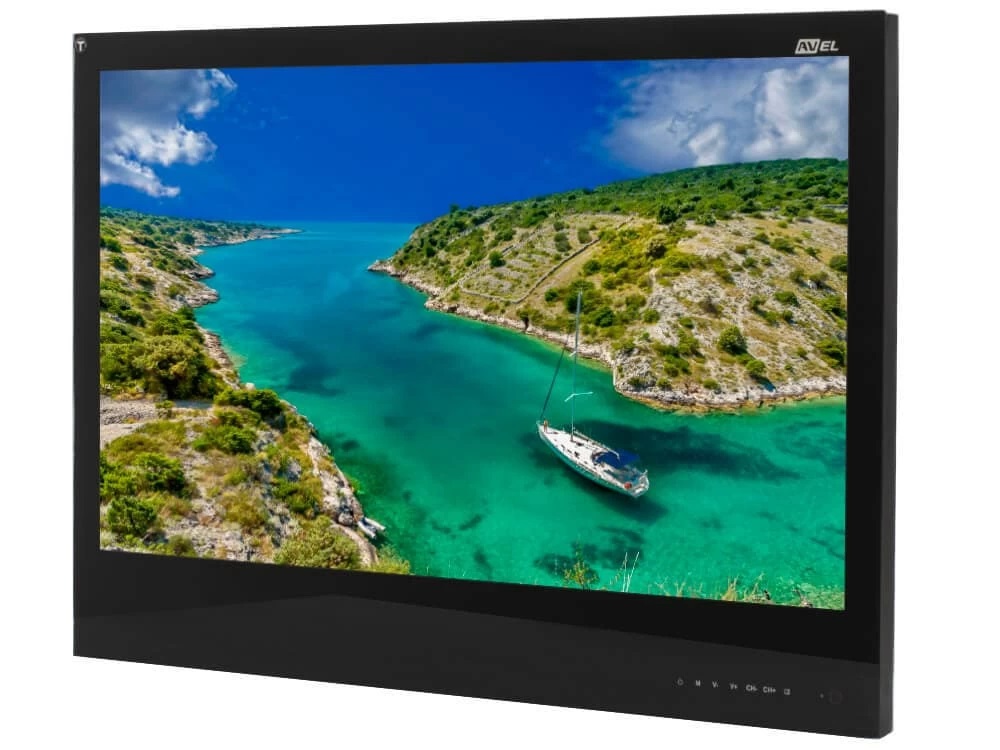
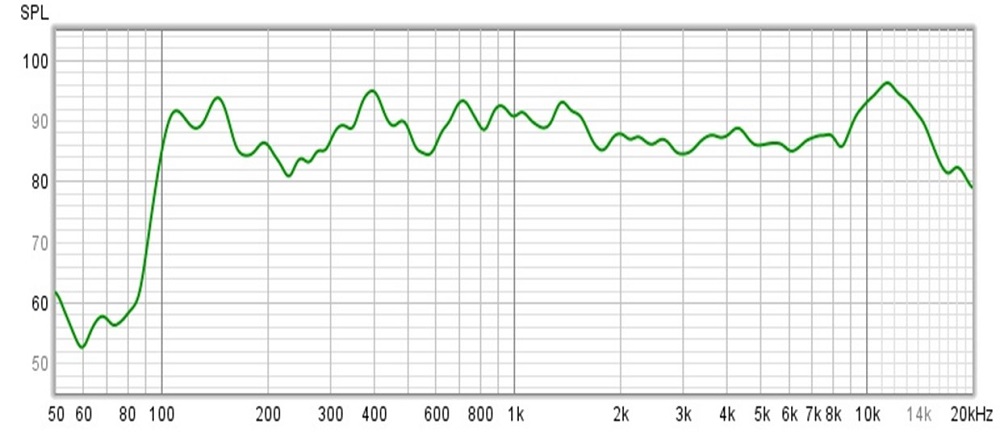
In this graph it can be observed that bass frequencies of the model AVS325KS start at 100 Hz, and the frequency response is quite uniform, there is also a pronounced rise at 12 kHz. The graph is similar to that of Samsung Q80, except that the Samsung model has a rise at low frequencies, and this TV’s “bottom” is similar in amplitude to other fre-quencies. This frequency response is typical for speakers with balanced sound through-out the entire range.
AVS240WS (conventional speakers)
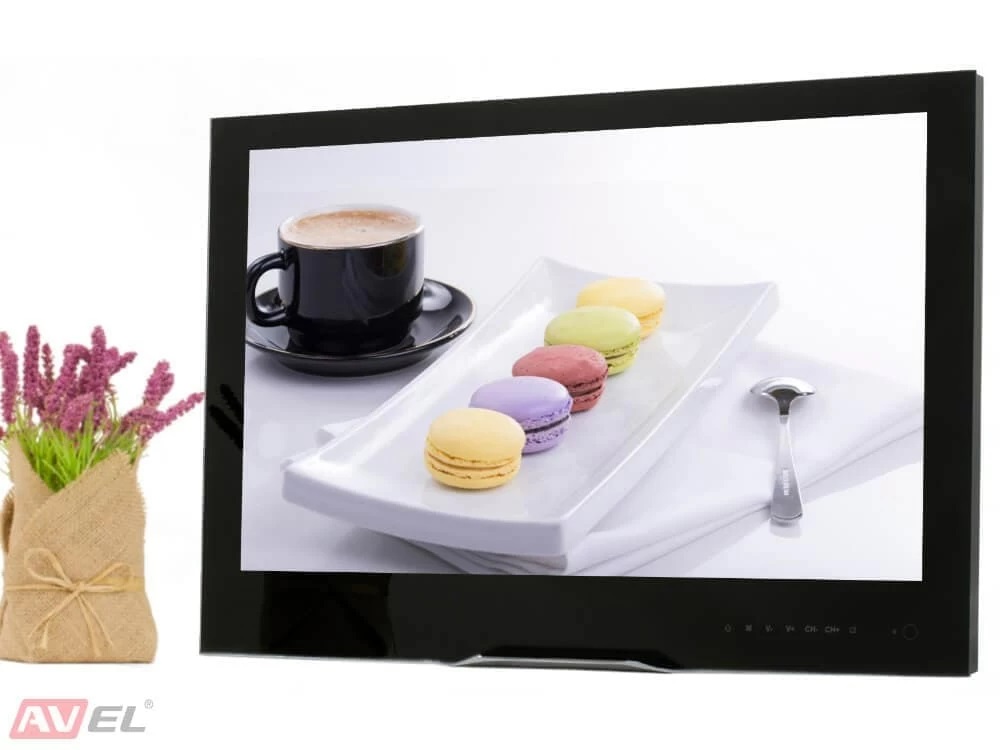
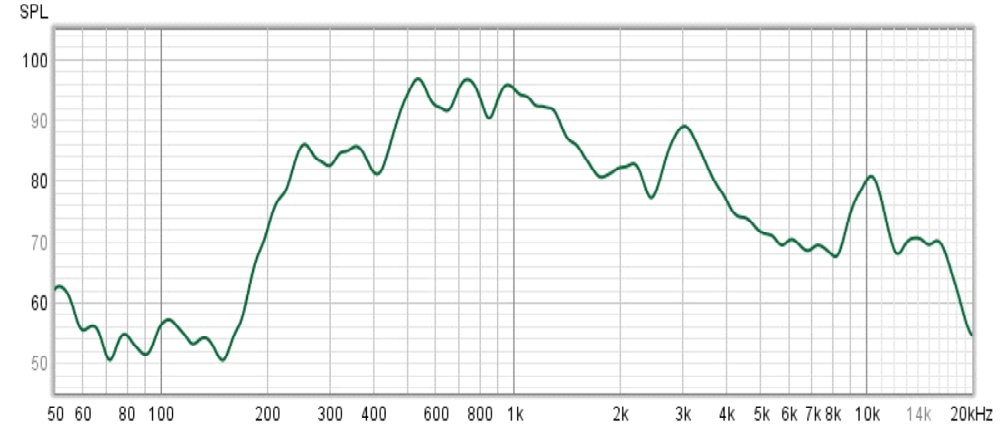
In this graph it can be observed that the TV model AVS240WS has a lower “bottom” and “top” than previous models. At low frequencies there is a dip at 200 Hz, and high fre-quencies are lower in amplitude up to 8 kHz, but beyond that we can see a rise. Its sound may be less pronounced in the bottom and top, but balanced in frequency re-sponse. Comparing it with flagship TVs, it can be concluded that Samsung Q80 has more bass, and the C1 is somewhat similar in graphics to this TV: less pronounced low fre-quencies, a slight dip in the mid-highs and a return at high frequencies.
AVS2404BM (conventional speakers)

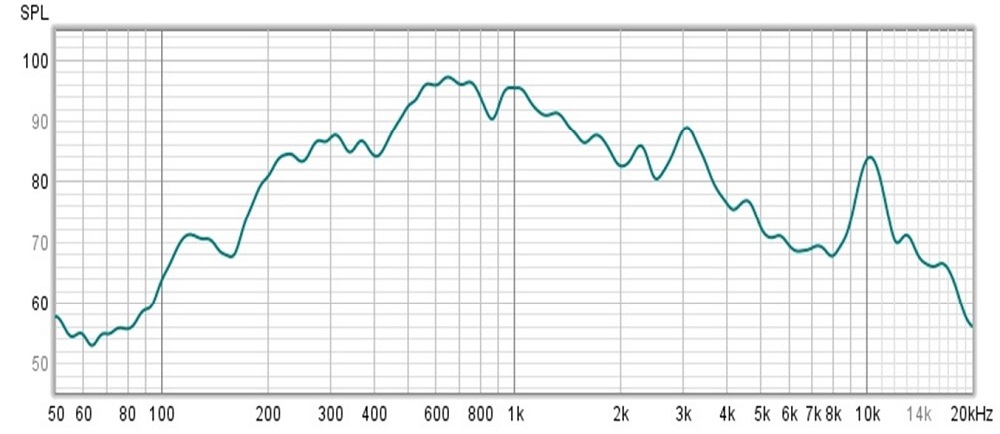
In this graph, it can be observed that the TV AVS2404BM has a pronounced middle, and weakened low and high frequencies. The frequency response can be compared with the results of the LG C1 speakers; they show a slight increase of 8 kHz for LG C1 and of 10 kHz for AVS2404BM.
AVS240KS and AVS240WS comparison
Why is this comparison necessary? These two models are the same size TVs, but the only difference is the speaker system: AVS240KS has built-in vibration speakers, while AVS240WS has standard TV speakers.
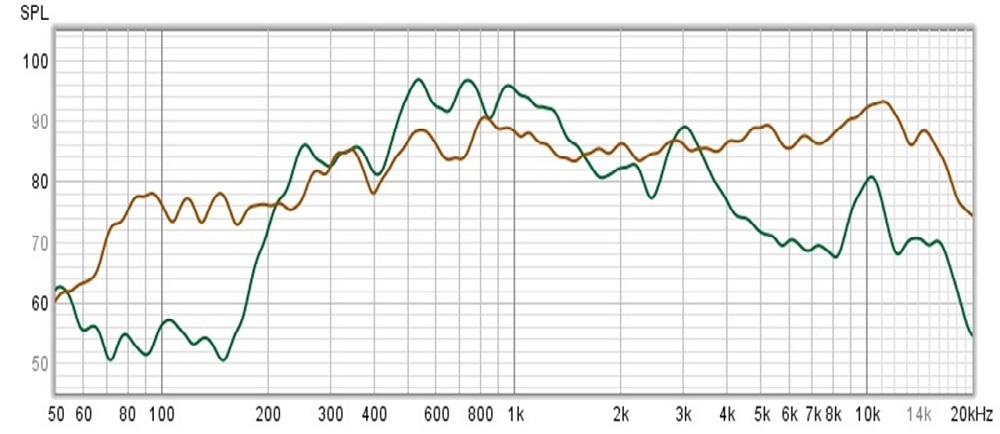
AVS240KS – yellow, AVS240WS - green
As it can be observed, AVS240KS has a smoother frequency response compared to AVS240WS, the bass starts to sound earlier, and at the top there is no such drop in amplitude. So it can be concluded that vibration loudspeakers create a more even and flat frequency response, which is an advantage of such speakers over conventional ones. That is, TVs with vibration loudspeakers have deeper bass and more balanced sound compared to conventional compact speakers that are built into the vast majority of modern TVs.
Conclusion
To summarize, it can be concluded that vibro loudspeakers show better performance in terms of frequency response than conventional TV speakers. Thus, the unique solution implemented in AVEL TVs, the use of vibro loudspeakers initially introduced for moisture protection of the case and aesthetic appearance, also had a great impact on the sound capabilities of the TVs. Compared to conventional compact speakers used in most modern household TVs and even premium TVs, the frequency response of vibration loudspeakers stands out as more even values, which means the sound will be more balanced in the entire range accessible to humans.
